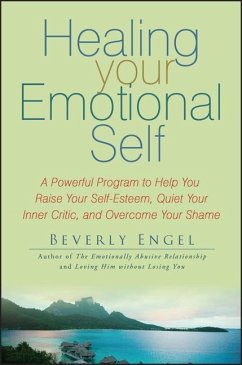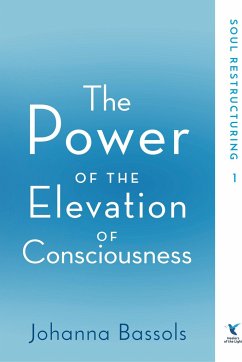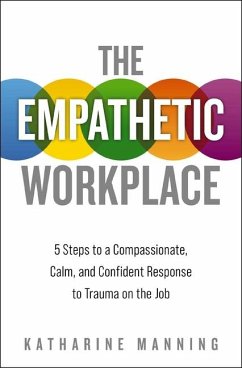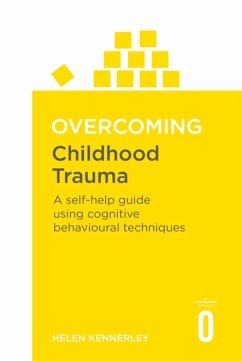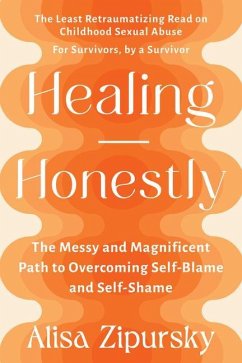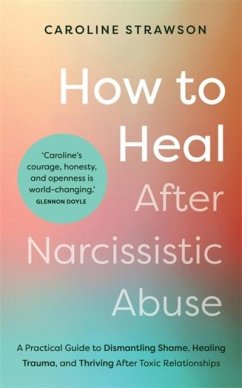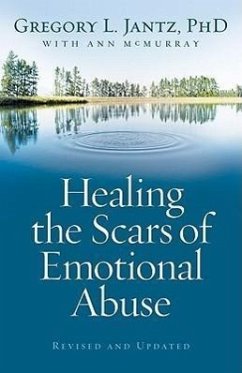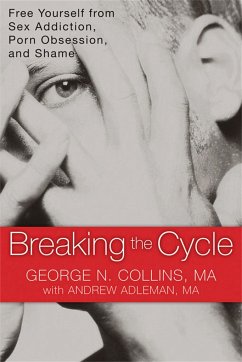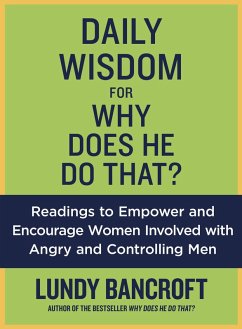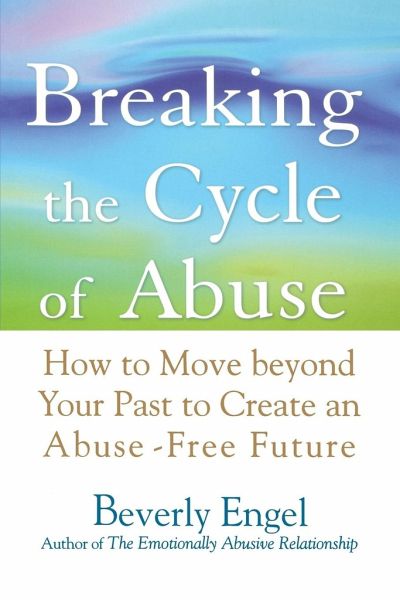
Breaking the Cycle of Abuse
How to Move Beyond Your Past to Create an Abuse-Free Future
Versandkostenfrei!
Versandfertig in über 4 Wochen
15,99 €
inkl. MwSt.
Weitere Ausgaben:

PAYBACK Punkte
8 °P sammeln!
Expert guidance in stopping and recovering from abuse In her new book, renowned psychotherapist Beverly Engel returns to the topic that made her famous-abuse and recovery from abuse. Engel argues that the primary way survivors can avoid abusing others the way they were abused is to work on their own recovery.




